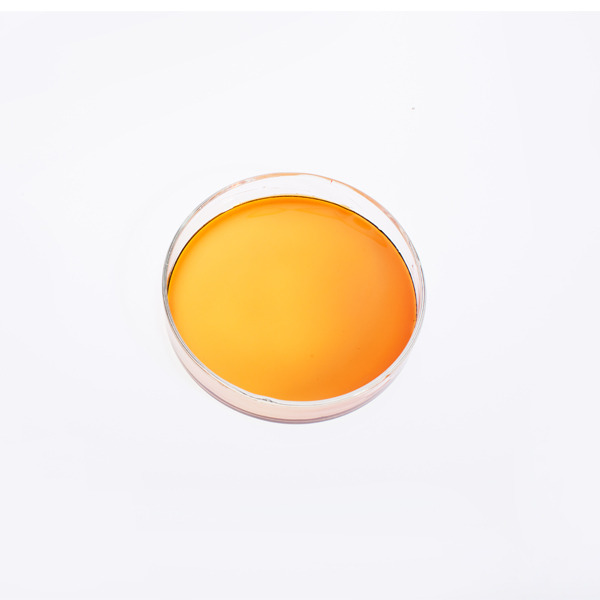
News
Дек . 04, 2024 18:40 Back to list
High Performance Polyaspartic Acid Esters for Innovative Applications in Coatings and Adhesives
High-Quality Polyaspartic Acid Ester An Overview
Polyaspartic acid esters represent a significant advancement in the field of polymer chemistry, particularly for their applications in coatings, adhesives, and sealants. This versatile class of materials has garnered attention due to their unique properties, which include rapid curing, excellent adhesion, and remarkable durability. This article delves into the characteristics, synthesis, applications, and future perspectives of high-quality polyaspartic acid esters.
Characteristics of Polyaspartic Acid Esters
Polyaspartic acid esters are derived from polyaspartic acid, a biodegradable polymer that is synthesized from aspartic acid. The modification of polyaspartic acid through esterification enhances its properties, making it suitable for various applications. One of the most notable features of these esters is their fast cure rate. Unlike conventional epoxy or polyurethane coatings that can take hours or even days to cure, polyaspartic acid esters can achieve hardness within minutes. This rapid curing is particularly advantageous in industrial settings where time efficiency is critical.
In addition to their quick cure times, polyaspartic acid esters exhibit excellent chemical resistance. They can withstand exposure to various solvents, acids, and bases, making them suitable for demanding environments. Moreover, these materials possess superior UV resistance compared to traditional coatings, which helps maintain their appearance and functionality over time. Their flexibility and toughness also contribute to their durability, reducing the likelihood of cracking or peeling, which is essential for protecting surfaces in harsh conditions.
Synthesis of High-Quality Polyaspartic Acid Esters
The synthesis of high-quality polyaspartic acid esters typically involves the reaction of polyaspartic acid with various alcohols, leading to the formation of ester bonds. The choice of alcohol can significantly influence the properties of the resulting esters. For instance, using longer-chain alcohols can enhance the flexibility and impact resistance of the polymer, while more branched alcohols may improve adhesion.
A critical aspect of producing high-quality polyaspartic acid esters lies in controlling the reaction conditions, such as temperature, pressure, and catalyst presence. These factors must be optimized to ensure a high degree of polymerization and to achieve the desired molecular weight. Additionally, post-synthesis modifications, such as adding pigments or fillers, can further enhance the performance characteristics of the esters, broadening their range of applications.
high quality polyaspartic acid ester

Applications of Polyaspartic Acid Esters
The unique properties of high-quality polyaspartic acid esters make them suitable for various applications across multiple industries. One of the most prominent uses is in protective coatings for industrial flooring, where their rapid curing and exceptional durability are highly valued. They are often applied in environments that require heavy machinery and foot traffic, such as warehouses and manufacturing facilities.
In addition to flooring, these esters are utilized in the automotive sector for protective coatings that withstand environmental stressors such as UV radiation and chemical exposures. Their quick-curing nature allows for efficient automotive assembly lines, where time is often of the essence.
Moreover, polyaspartic acid esters are gaining traction in the construction industry, especially for concrete and masonry applications. They provide a robust protective layer that enhances the longevity of structures, protecting them from water infiltration and chemical damage.
Future Perspectives
Looking ahead, the demand for environmentally friendly materials is driving research into bio-based polyaspartic acid esters. Researchers are focusing on reducing the carbon footprint associated with their production while maintaining the high performance expected from these materials. Innovations in synthesis techniques and the exploration of alternative raw materials could lead to even more versatile and sustainable formulations.
In conclusion, high-quality polyaspartic acid esters play a crucial role in various industrial applications due to their rapid curing, durability, and chemical resistance. As research and development continue, these materials are expected to evolve, offering even greater performance characteristics and environmental benefits. Their versatility positions them as a key player in the future of coatings, adhesives, and sealants, meeting the ever-increasing demands of diverse industries.
-
Polyaspartic Acid Salts in Agricultural Fertilizers: A Sustainable Solution
NewsJul.21,2025
-
OEM Chelating Agent Preservative Supplier & Manufacturer High-Quality Customized Solutions
NewsJul.08,2025
-
OEM Potassium Chelating Agent Manufacturer - Custom Potassium Oxalate & Citrate Solutions
NewsJul.08,2025
-
OEM Pentasodium DTPA Chelating Agent Supplier & Manufacturer High Purity & Cost-Effective Solutions
NewsJul.08,2025
-
High-Efficiency Chelated Trace Elements Fertilizer Bulk Supplier & Manufacturer Quotes
NewsJul.07,2025
-
High Quality K Formation for a Chelating Agent – Reliable Manufacturer & Supplier
NewsJul.07,2025
